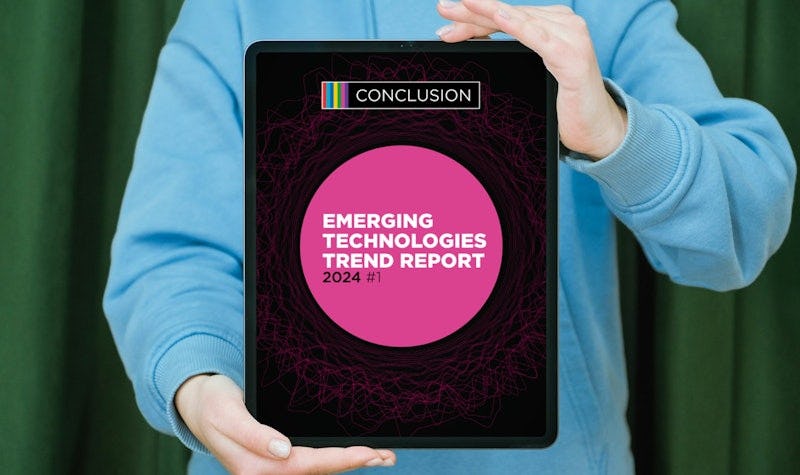Why GreenOps?
In part because of the explosion of energy prices in 2022, organisations have become conscious of the amount of electricity their IT environment consumes. For a number of clients, sustainability was also prominently placed on their management agenda, and has now accelerated as a result.
Marcel: “In the past, we often thought: let’s make the infrastructure as robust and redundant as possible. Then we definitely won’t run any risk with availability and performance. Now companies are saying: let’s also see what we can do to reduce energy consumption. How much computing power, storage and network facilities do we need to organise our digital services? Instead of: this is our peak, and we base the required resources on that.” Of course, effective spending of IT budgets is also plays a role in the background.
And this new way of looking at things is necessary, because the IT industry has now overtaken aviation as the sector with the highest CO2 emissions. There are two things you can do. You can write the software’s code as efficiently as possible (Sustainability by Design) and you can think more carefully about how and where you run that software. The two disciplines meet in the question of where the software will run: on dedicated servers, in a private cloud, or in the public cloud?
The workplace also has a role in energy consumption. Of course, this is set up to optimise consumption as much as possible, considering things like screen brightness, use of Flash, and choosing the right times for charging. These are small steps that can also have substantial impact as the landscape expands. We will present a blog about this element soon.

